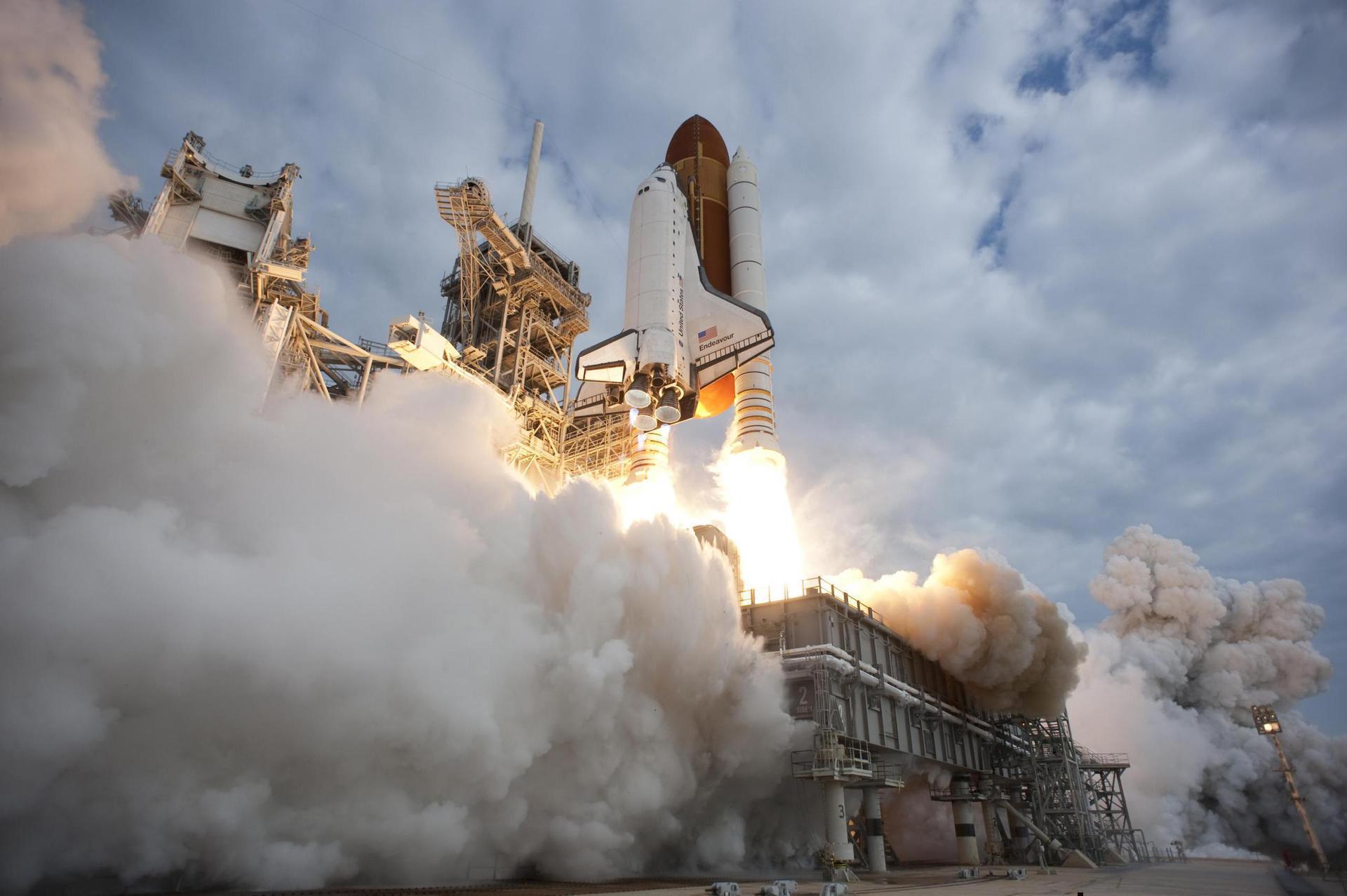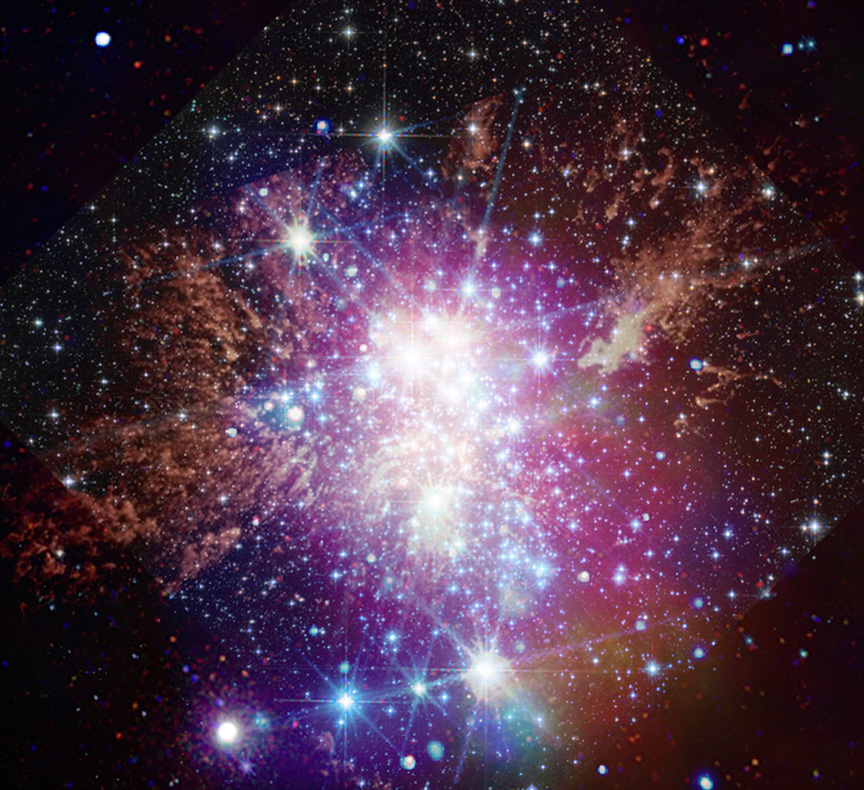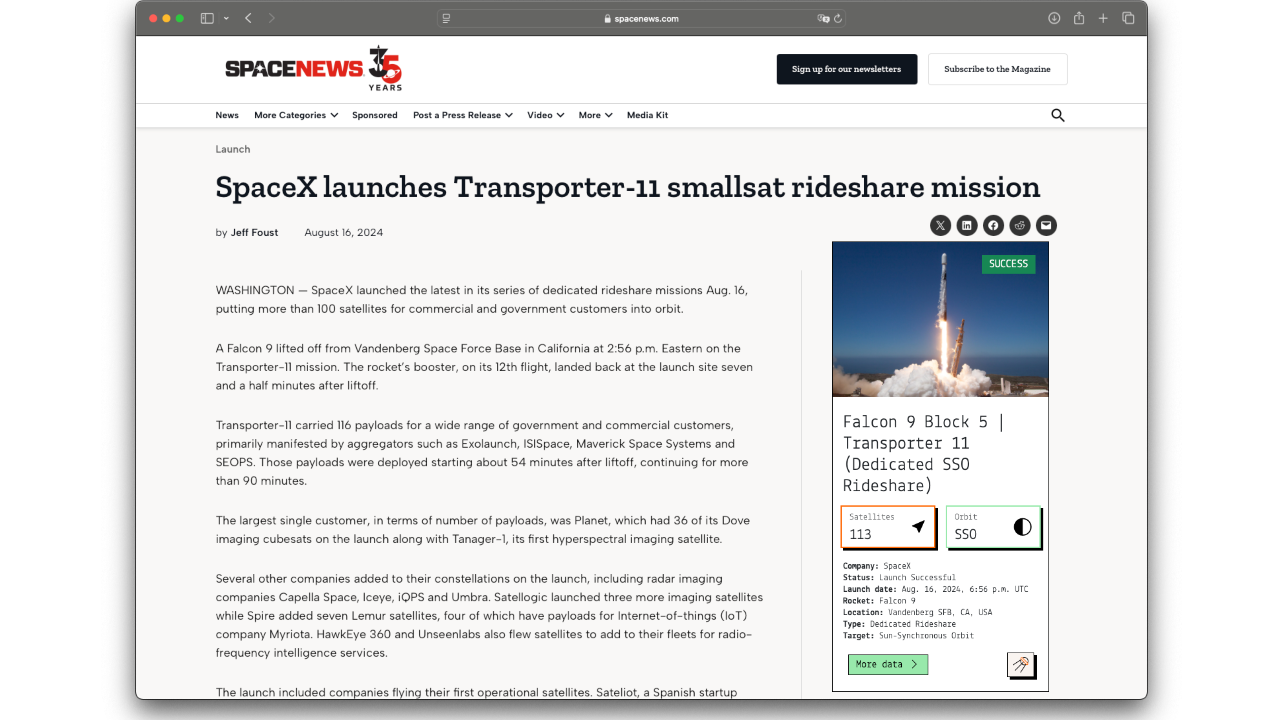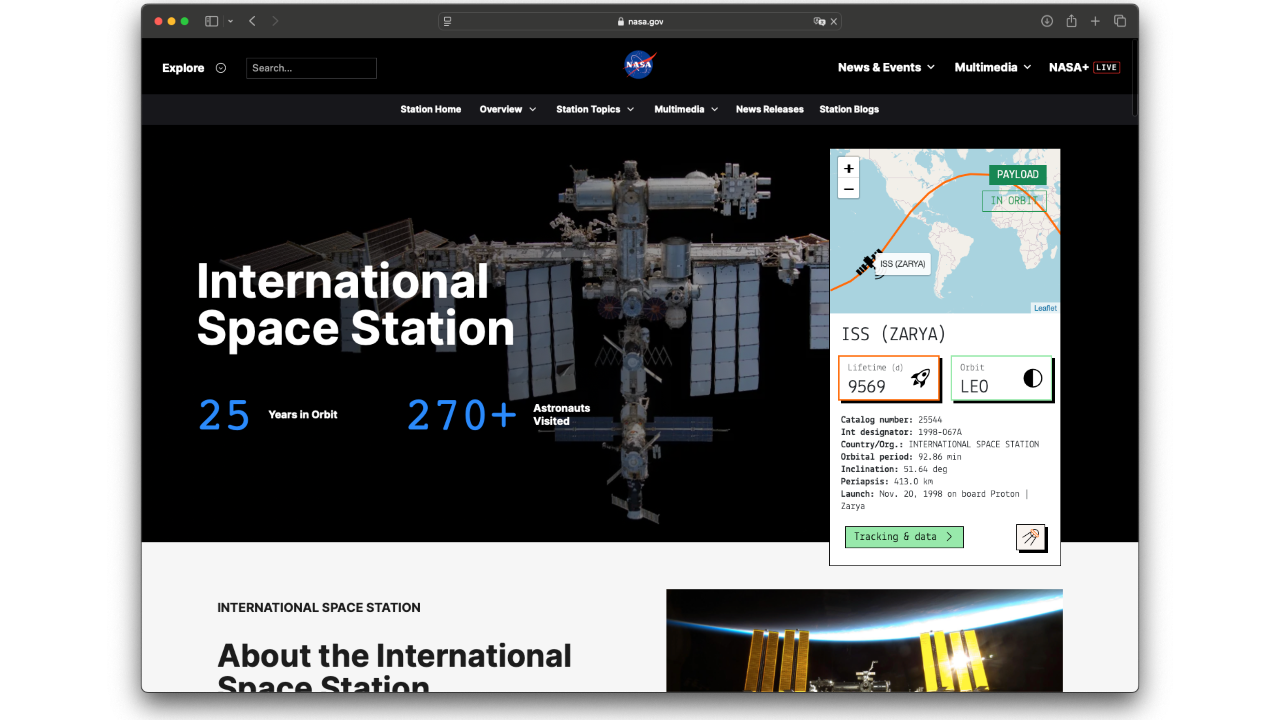Key statistics
Satellite STS 93 at a glance.
Uptime
5
Days in orbit
Revolutions
N/A
Per day
Orbit
LEO
Low Earth Orbit
Inclination
N/A
Latest
Satellite identification and parameters
Extended collection of information and parameters for STS 93.
Object identification
Object name: STS 93
International designator: 1999-040A
Object number (NORAD): 25866
Object ID (CCSDS): 25866
Country: UNITED STATES OF AMERICA (US)
Current information (Y/N): Y
Orbital parameters
Decay date: July 28, 1999
Inclination: 28.47 deg
Period: 89.91 minutes
Apoapsis: 280.0 km
Periapsis: 260.0 km
Two-line elements (TLE)
No TLE available, as this satellite has decayed and is no longer in orbit.
Live tracking on map
Satellite STS 93 has decayed and is no longer in orbit. No tracking available.
In-orbit conjunctions
Satellite STS 93 has decayed and is no longer in orbit. No conjunctions available.
Associated space launch
STS-93 marked the 95th launch of the Space Shuttle, the 26th launch of Columbia, and the 21st night launch of a Space Shuttle. Eileen Collins became the first female shuttle Commander on this flight. Its primary payload was the Chandra X-ray Observatory.
STS 93 was lifted into orbit during the mission ‘Space Shuttle Columbia OV-102 | STS-93’, on board a Space Shuttle space rocket.
The launch took place on July 23, 1999, 4:31 a.m. from Launch Complex 39B.
For more information about the launch, click the button.

Space Shuttle Columbia OV-102 | STS-93
Agency: N/A
Status: Launch Successful
Launch date: July 23, 1999, 4:31 a.m. UTC
Rocket: Space Shuttle
Launch pad: Launch Complex 39B
Location: Kennedy Space Center, FL, USA
...
Latest news about this satellite

IC Stars
Data from NASA’s Chandra X-ray Observatory and NASA’s James Webb Space Telescope combine to reveal an otherworldly view of the star-forming region IC 348. In this image released on July 23, 2025, X-rays from Chandra are red, green, and blue, while infrare...

NASA’s Chandra Finds Black Hole With Tremendous Growth
A black hole is growing at one of the fastest rates ever recorded, according to a team of astronomers. This discovery from NASA’s Chandra X-ray Observatory may help explain how some black holes can reach enormous masses relatively quickly after the big ba...

An Eye-catching Star Cluster
Westerlund 1, the biggest and closest “super” star cluster to Earth, dazzles in this image released on July 23, 2025. This view combines x-ray data from NASA’s Chandra X-ray Observatory (in pink, blue, purple, and orange), infrared data from NASA’s James ...
Newsletter sign-up
Weekly statistics, charts and insights to help you stay on top of the space industry.




